"To protect Syrian oil fields from Syrian people. And to continue to rob them in the meantime. That would be the right media coverage of what is happening," he wrote on his twitter account commenting on the reports that the US was sending fresh forces to protect oil fields in northeastern Syria from ISIL, Tass News Agency reported.
"US foreign policy in this regard is consistent for many decades!" he noted.
US Secretary of Defense Mark Esper said on October 13 that his country was beginning the withdrawal of 1,000 servicemen from northern Syria amid Turkey’s offensive. On the following day, US President Donald Trump said the US troops leaving Syria would be redeployed to remain in the region "to monitor the situation and prevent a repeat of 2014, when the neglected threat of ISIS raged across Syria and Iraq."
On October 16, withdrawing US troops destroyed their military base near the city of Kobani (Ayn al-Arab) some 150 kilometers of Aleppo and left the cities of Raqqa and Tabqa in northeastern Syria.
Pentagon said on Thursday the US was sending additional forces to northeastern Syria to protect oil fields from ISIL terrorists after President Donald Trump pledged the US would not let militants regain control over oil fields that were to stay under its own control.
Meanwhile, Russian Defense Ministry Spokesman Igor Konashenkov said on Saturday the United States was indulging in smuggling Syrian oil to other countries. He said the convoys were guarded by US private military companies and special operations forces and oil extraction equipment had been supplied to the site by leading Western corporations in bypassing of all US sanctions.
According to Konashenkov, the contract for transporting oil was executed by the US-controlled company Sadcub set up under the so-called autonomous administration of eastern Syria. Under the ministry’s estimates, the cost of one barrel of oil smuggled from Syria is $38, so monthly revenues of such "private business" exceeds $30 mln.
On October 9, Turkey launched a military incursion into northern Syria, codenaming it Operation Peace Spring, with the Turkish Armed Forces and the Ankara-backed Free Syrian Army carrying it out. Erdogan’s military campaign kicked off with airstrikes on the positions of the previously US-backed Kurdish units. The Erdogan government claimed that its goal is to clear the border area of what it calls ‘terrorists’ (Turkey’s broad label of the Kurdish forces) and establish a 30 km-long buffer zone in Syria’s north, where over Syrian refugees from Turkey would resettle. According to various estimates, currently there are about 3.6 to 4 million refugees in Turkey.
MNA/TASS


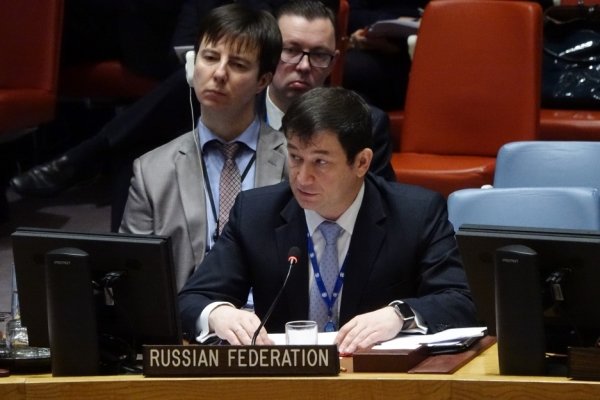
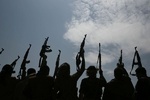
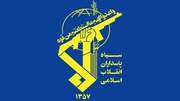
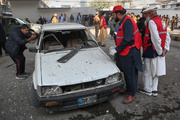
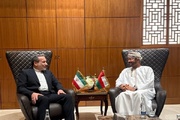
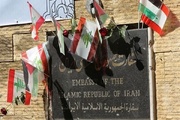
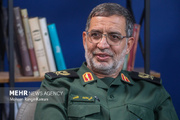
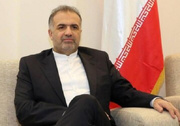
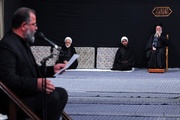


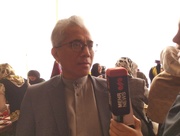
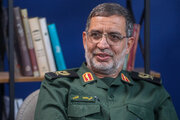



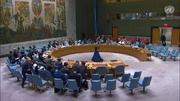




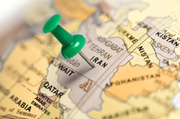
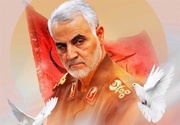
Your Comment